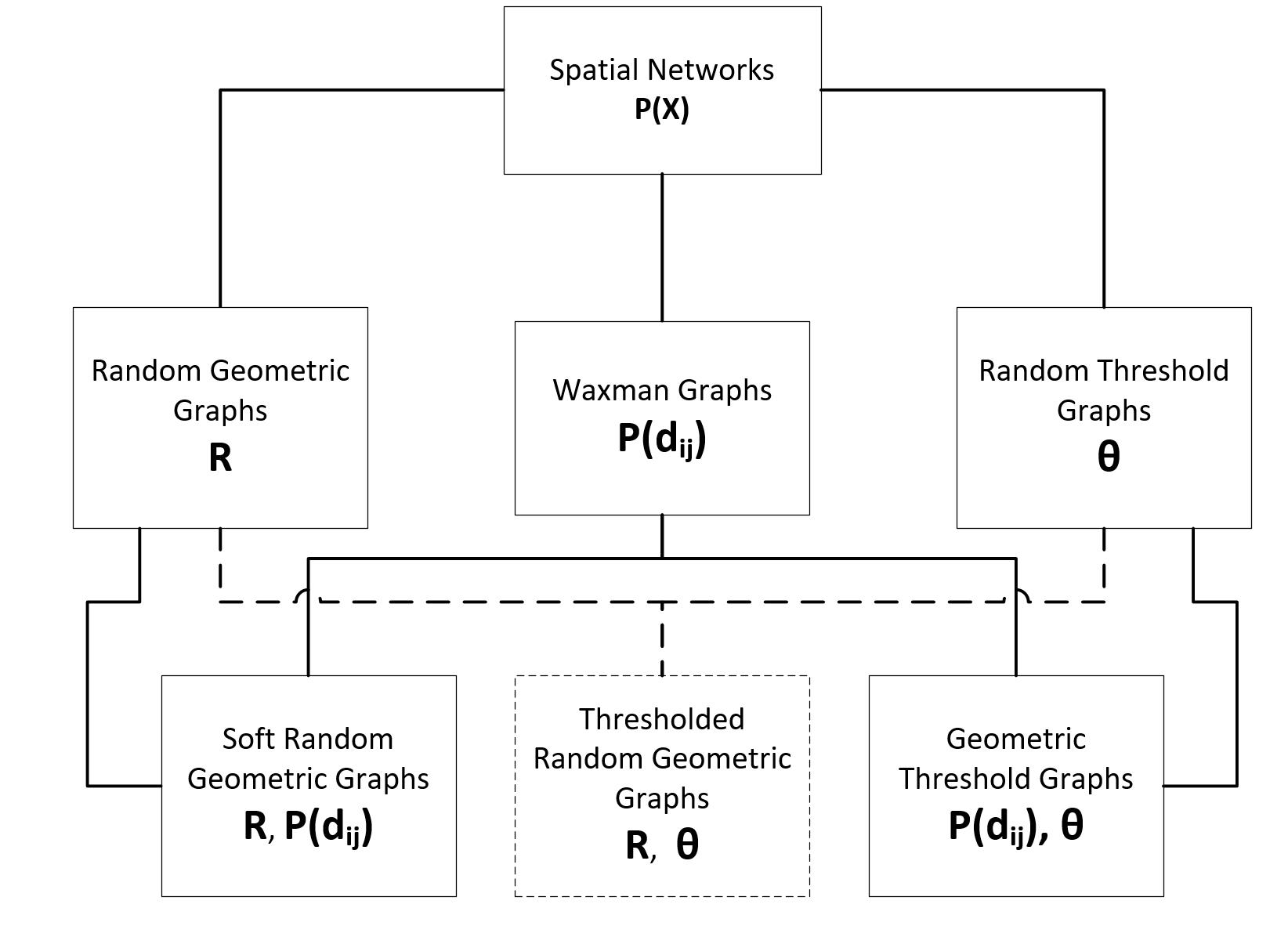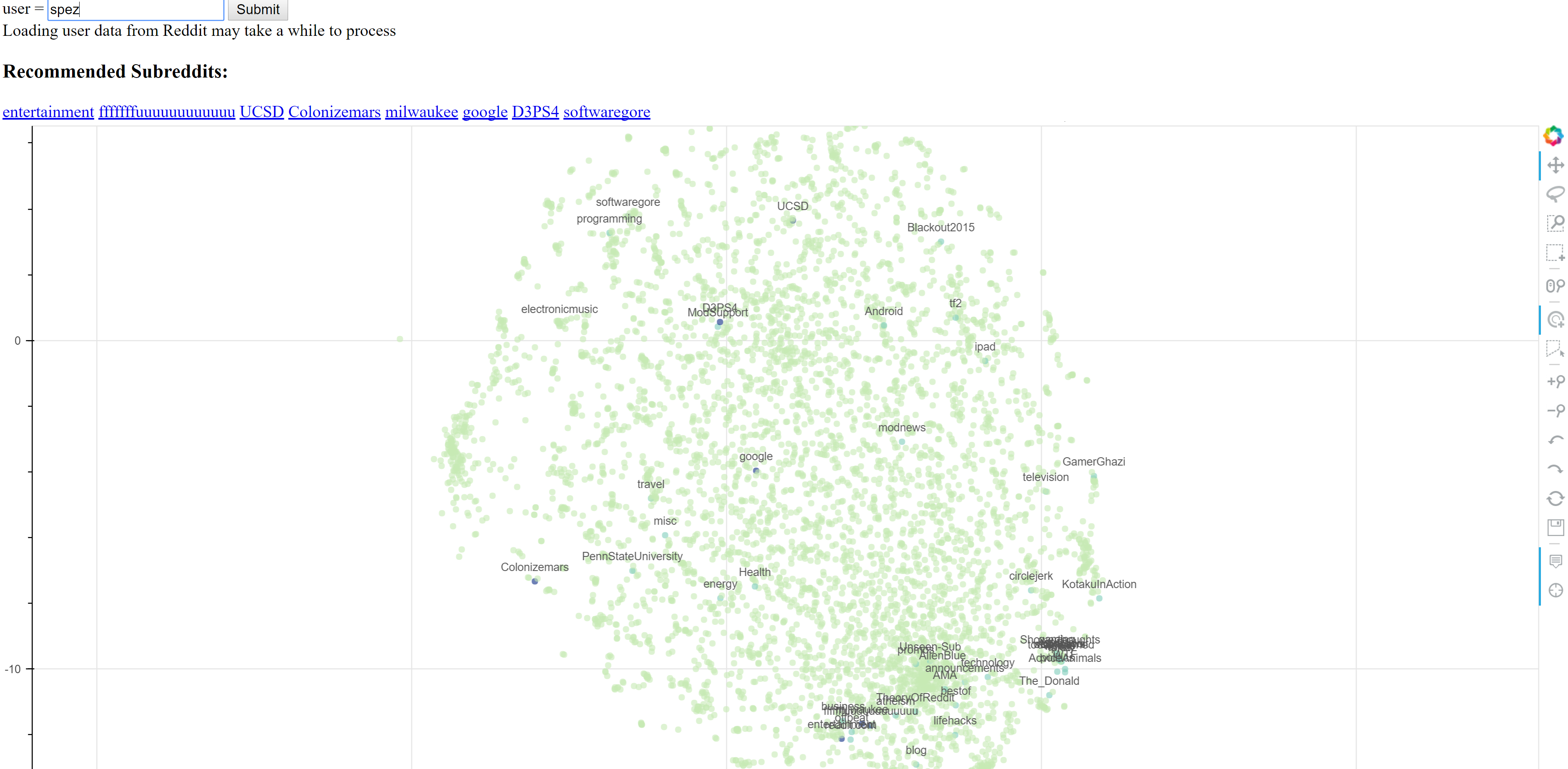Introduction
Google's Artificial Intelligence research group, DeepMind recently released a python API, pySC2 for the popular Real Time Strategy (RTS) computer game, StarCraftII. After successfully conquering the boardgame, Go, with their AlphaGo program, DeepMind has set their sights on the next big challenge for AI systems in attempting to train these systems to learn how to compete with world champions in the increadibly complex world of StarCraft. In this post, we use the pySC2 API to collect gameplay data from replays of human played games with the aim of discoverying some macro elements of the game, such as the different technology progression trees players use. Ultimately, the hope is to build up some intuition on what data is availible from the pySC2 API and how it might be useful in building systems capable of playing the game, but that work will be outside the scope of...
Continue Reading...
For my Master's Thesis, I developed a new model using the concepts of Spatial Networks to use in predicting the future growth of the Tesla Supercharger network. That work and paper can be found here.

Introduction
As part of a project course in my second semester, we were tasked with building a system of our chosing that encorporated or showcased any of the Computational Intelligence techniques we learned about in class. For our project, we decided to investigate the application of Recurrent Neural Networks to the task of building a Subreddit recommender system for Reddit users. In this post, I outline some of the implementation details of the final system. A minimal webapp for the final model can be interacted with here, The final research paper for the project can be found here and my collaboraters on the project are Barbara Garza and Suren Oganesian. The github repo for the project can be found here with this jupyter notebook being here.

Model Hypothesis
The goal of the project is to utilize the sequence prediction power of RNN's to...
Continue Reading...
MAI-IML Exercise 4: Adaboost from Scratch and Predicting Customer Churn
Abstract
In this work, we develop a custom adaboost classifier compatible with the sklearn package and test it on a dataset from a telecommunication company requiring the correct classification of custumers likely to "churn", or quit their services, for use in developing investment plans to retain these high risk customers.
Adaboost from Scratch
Defined below is an sklearn compatable estimator utilizing the adaboost algorithm to perform binary classification. The input parameters for this estimator is the number of weak learners (which are decision tree stubs on a single, randomly selected feature) to train and aggregate to produce the final classifier. An optional weight distribution can also be passed to the classifier, which defaults to uniform if not set. This custom estimator will later be utilized to develop a classifier capable of predicting customer churn from labelled customer data.
Continue Reading...
Introduction
Back in February of this year, I packed up my comfortable Canadian life in Calgary, Alberta and moved to Barcelona, Spain to obtain an education in the Mediterranean lifestyle, European cultures, un poco español and some Artificial Intelligence. Having never moved to a new country on my own before, I was overwhelmed by the diverse languages and cultures of Barcelona, and for the first time, I felt truely lonely. With so many cool things to explore and experience in my new city, it took longer than I anticipated to find a group of people to share those experiences with. I realized that making new friends in your mid-twenties isn't quite the same as it was back on the playground, so I began to break out of my comfort zone by using meetup.com to attend events I found interesting. It's been a fantastic application for finding new friends and...
Continue Reading...